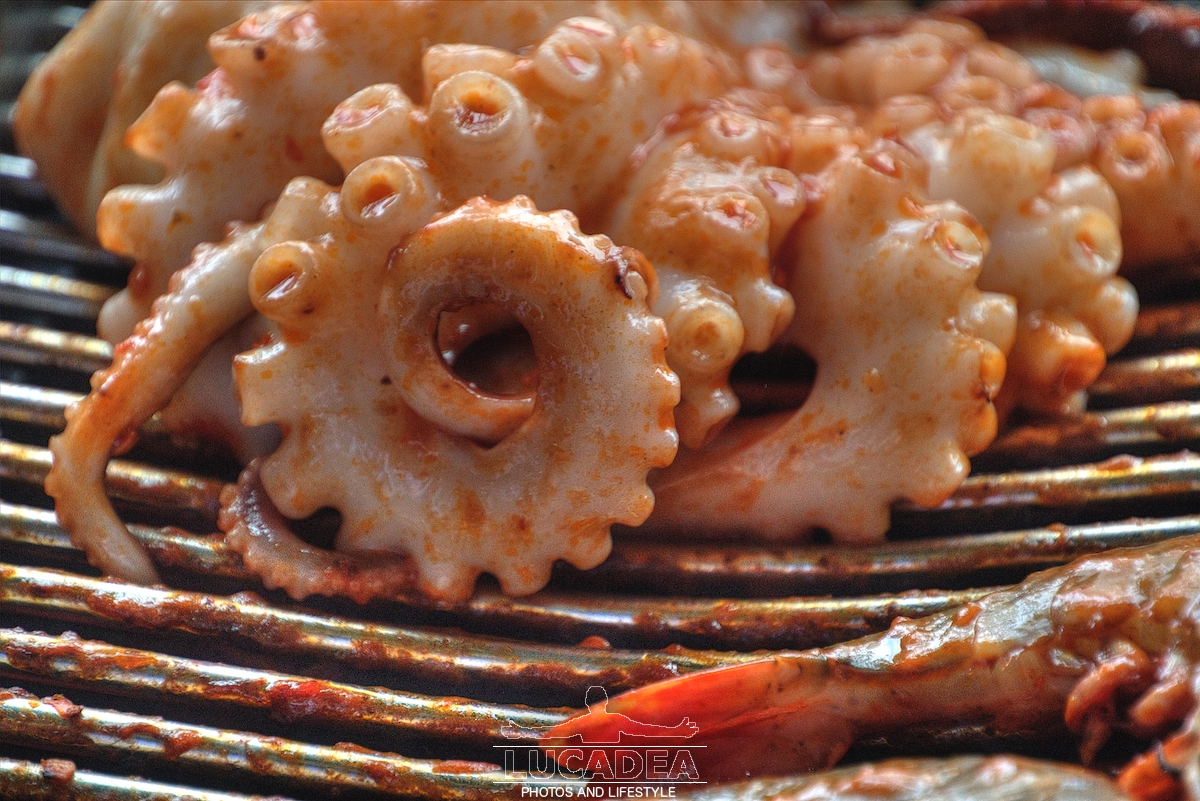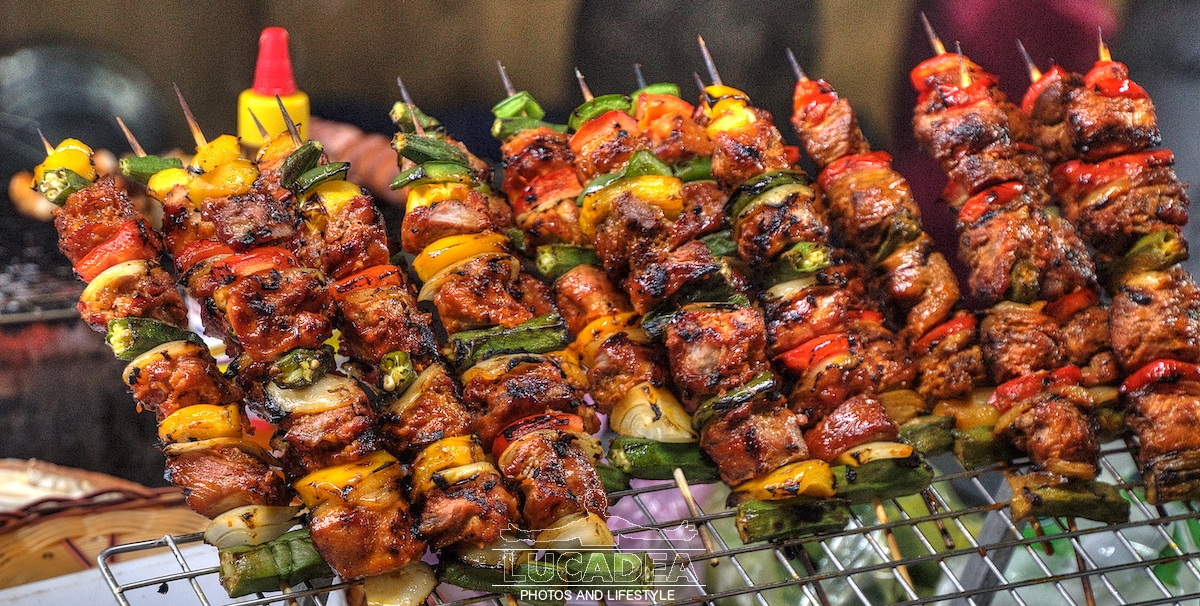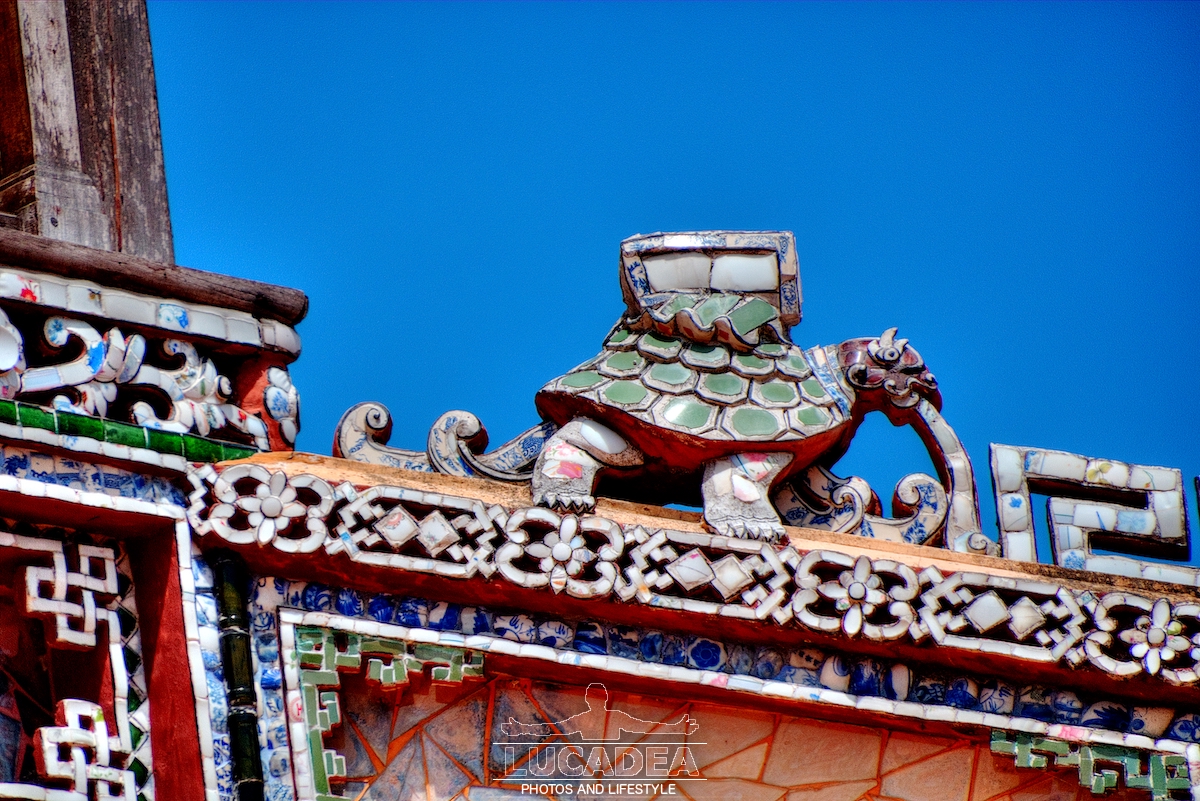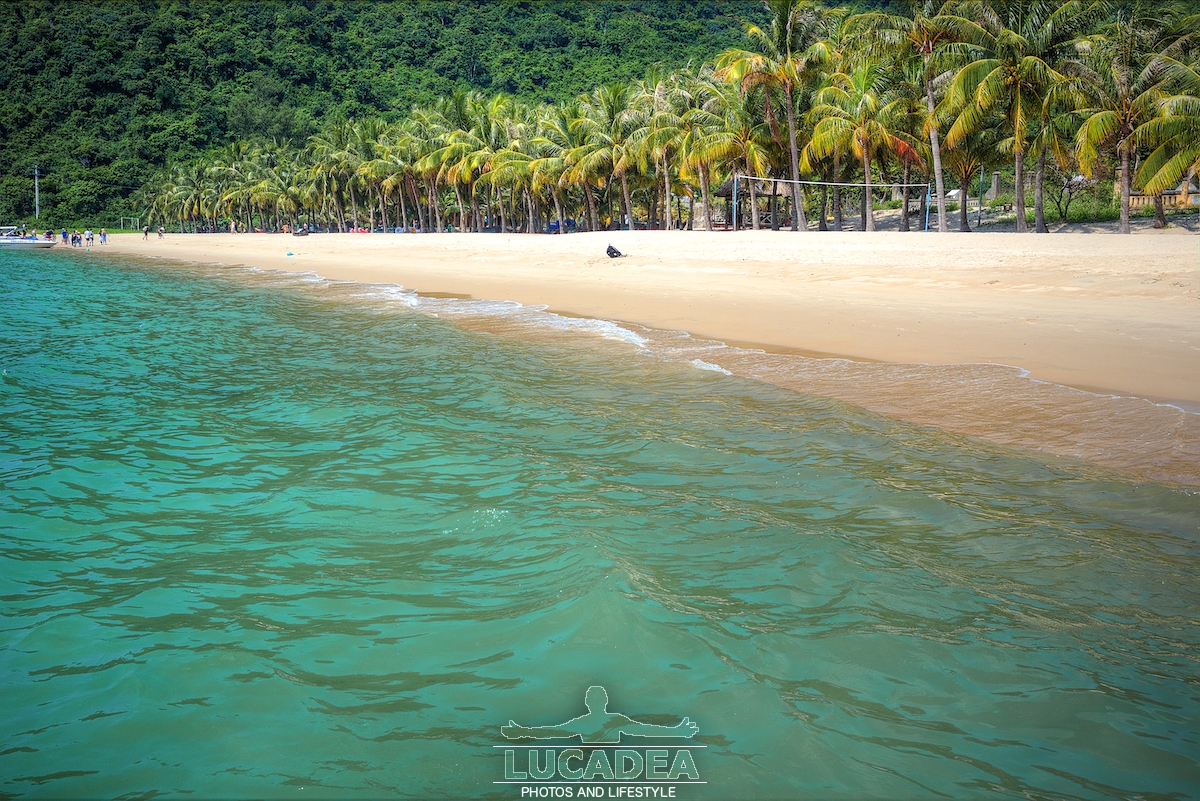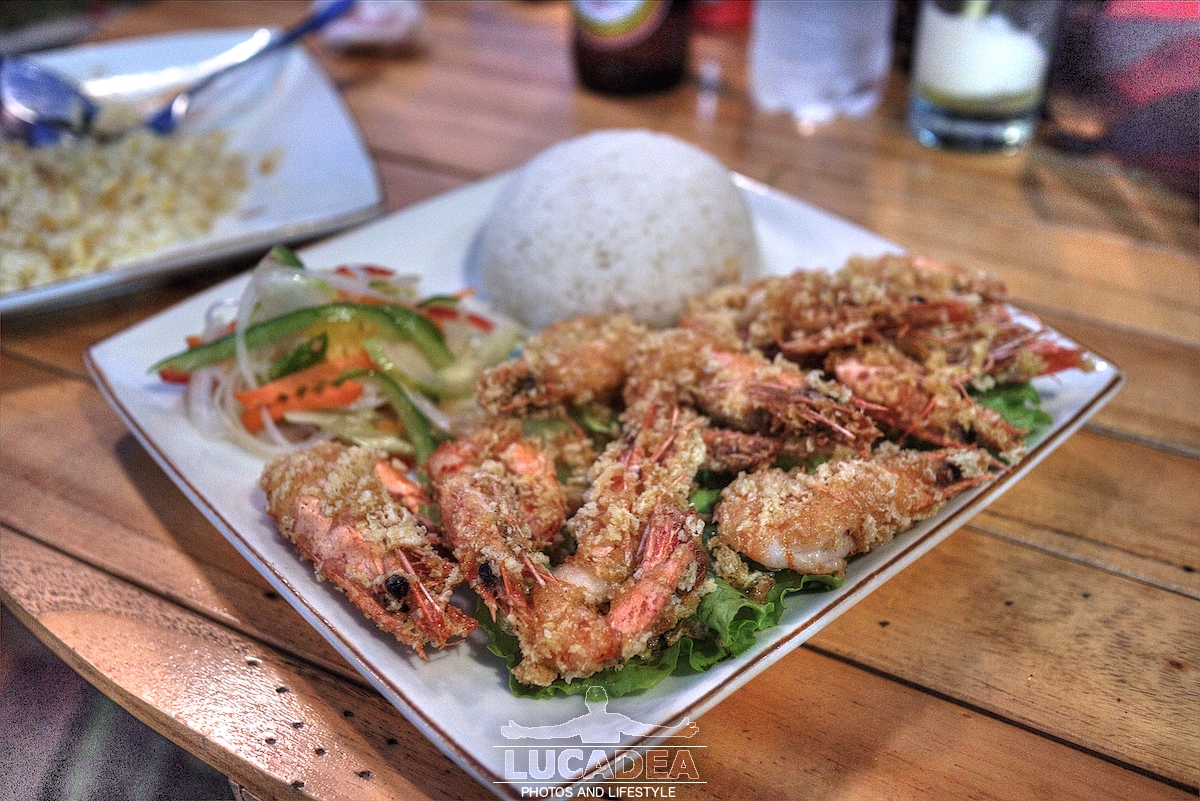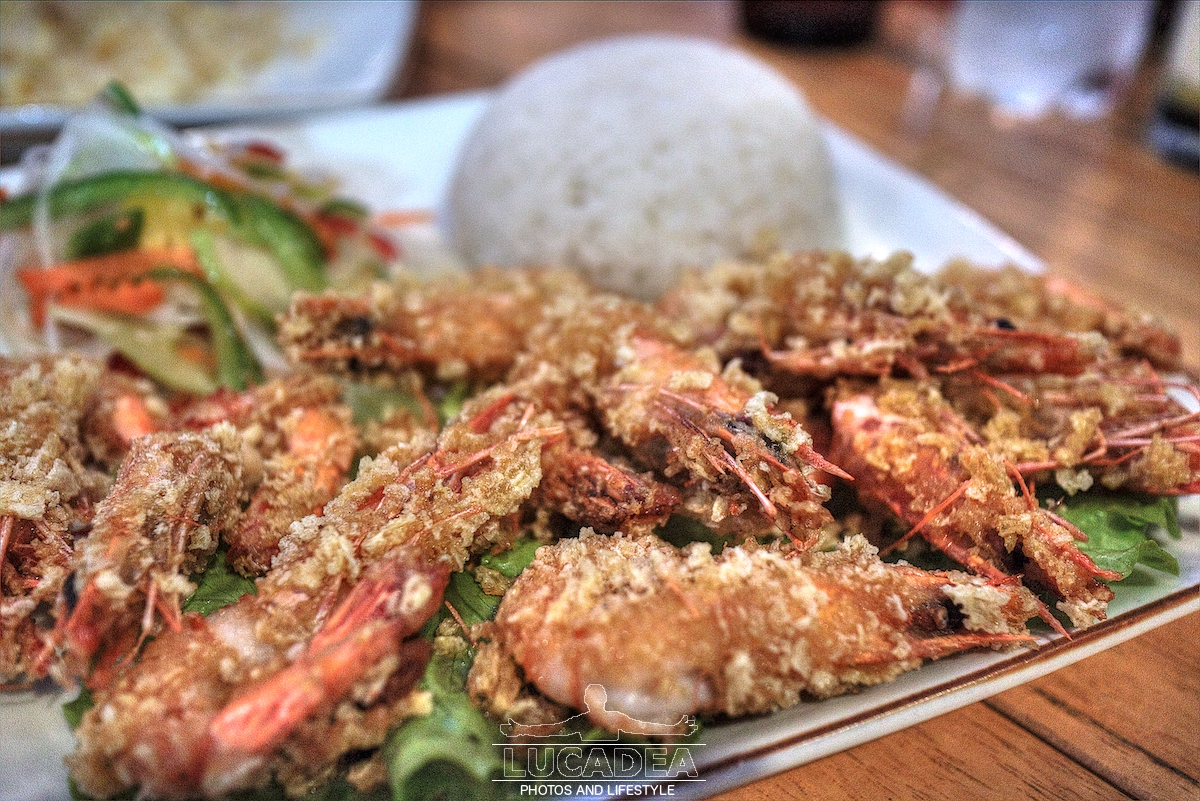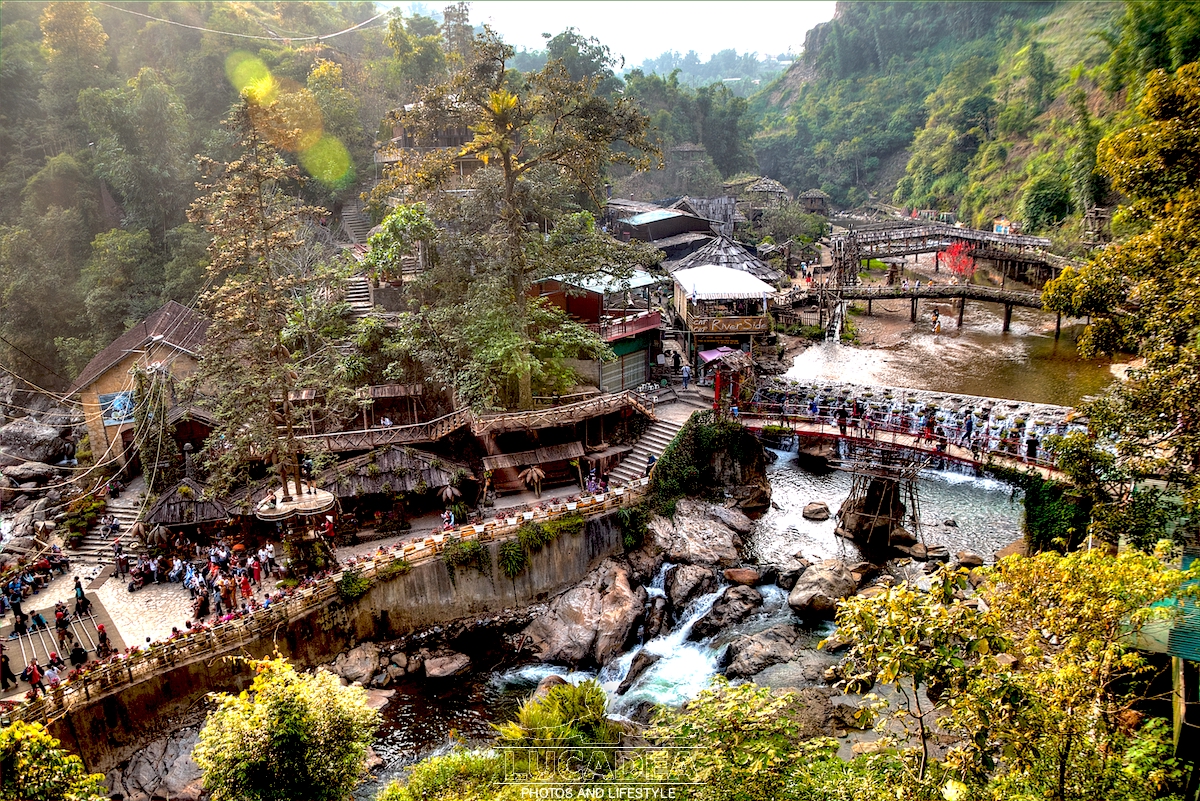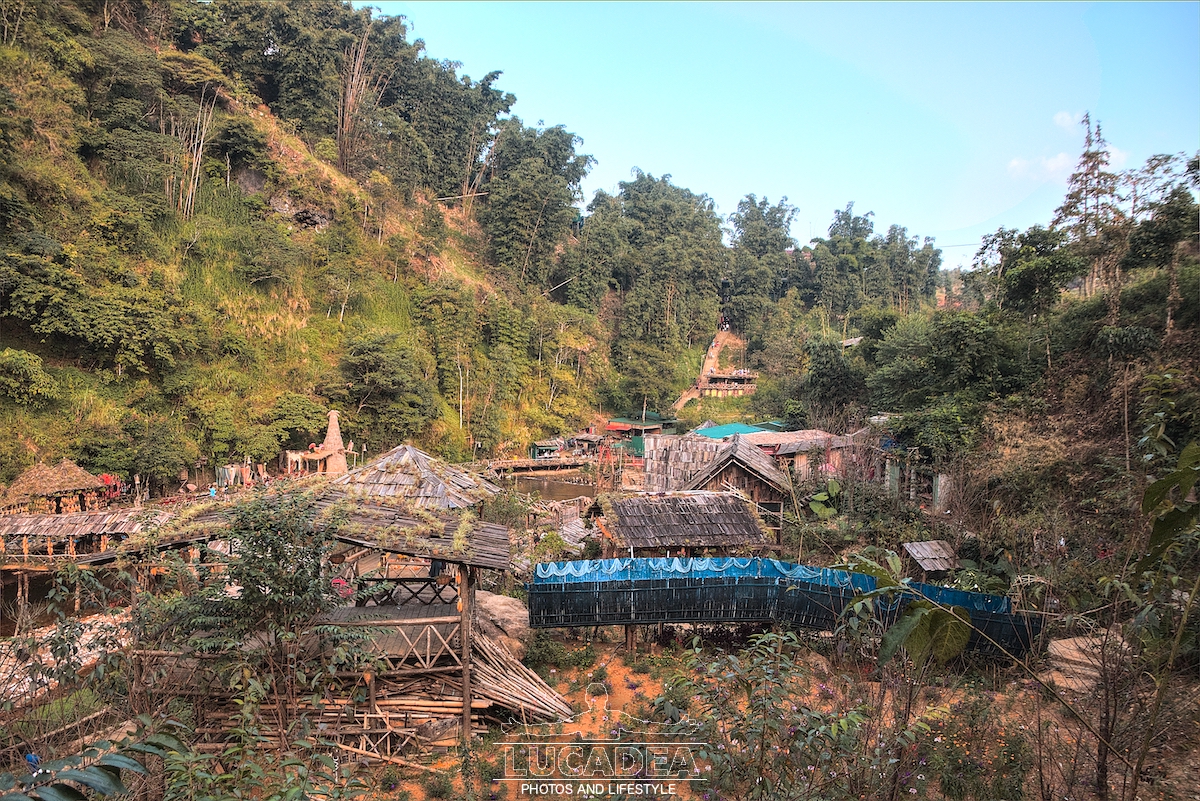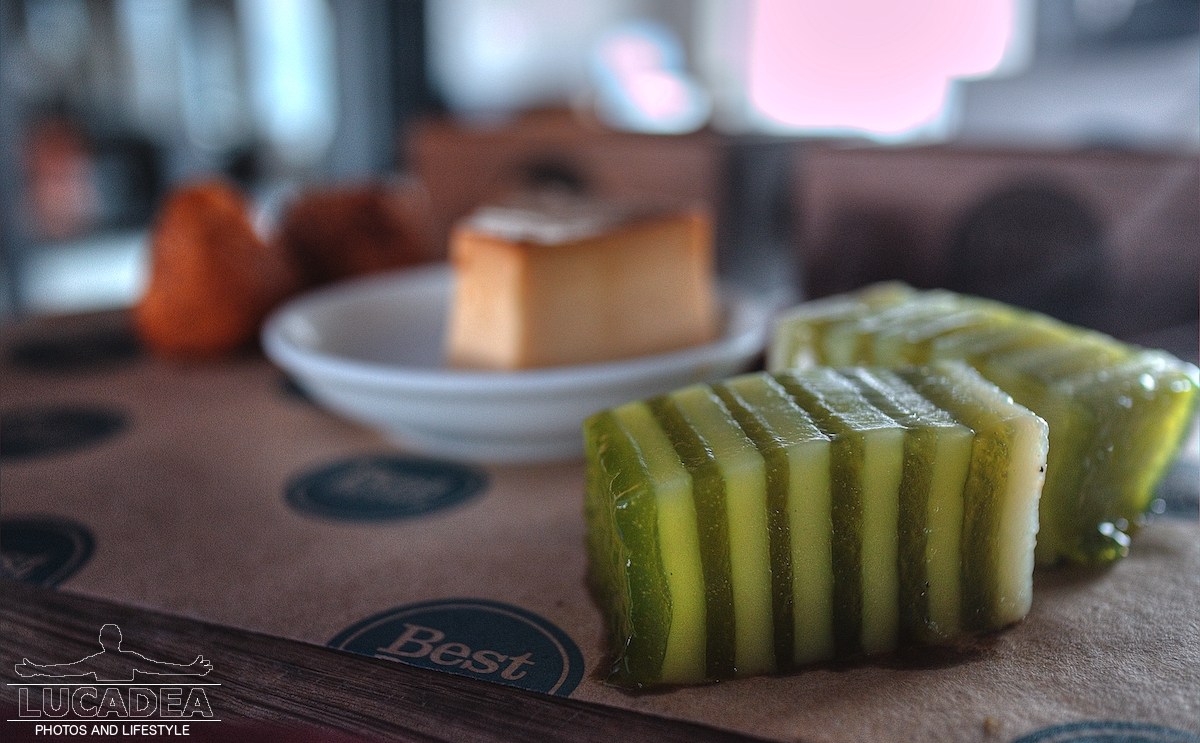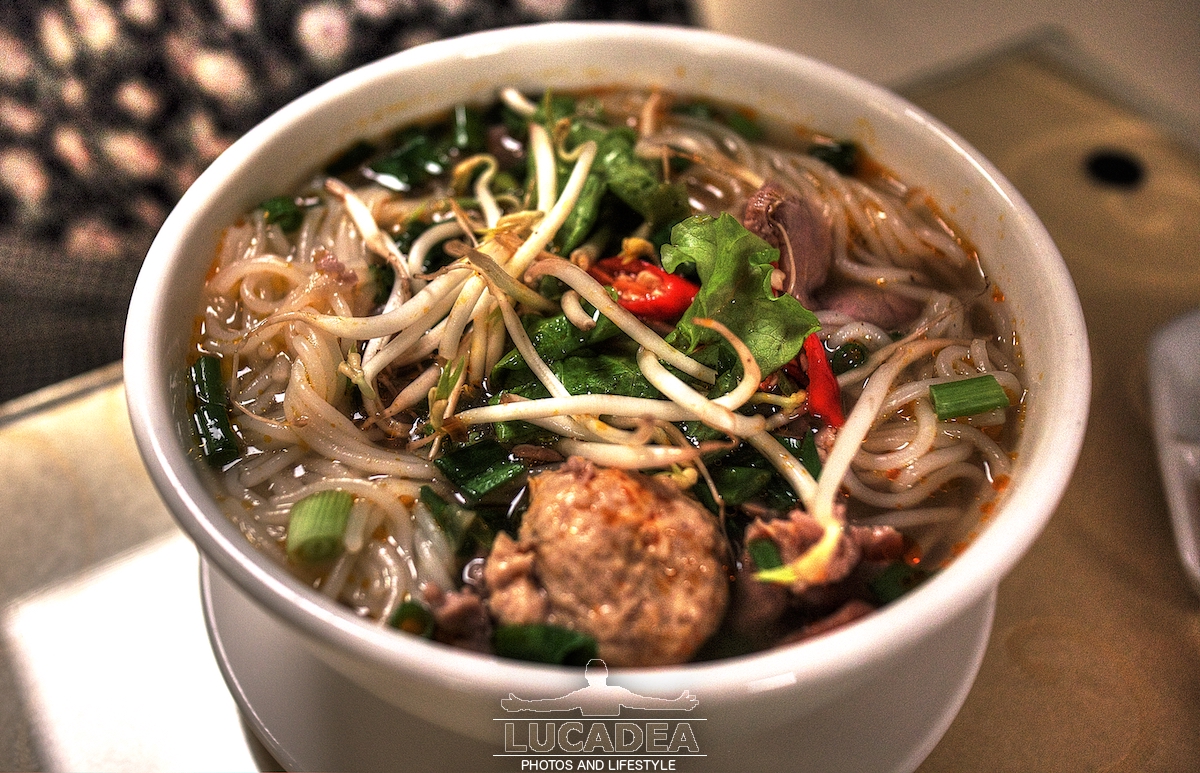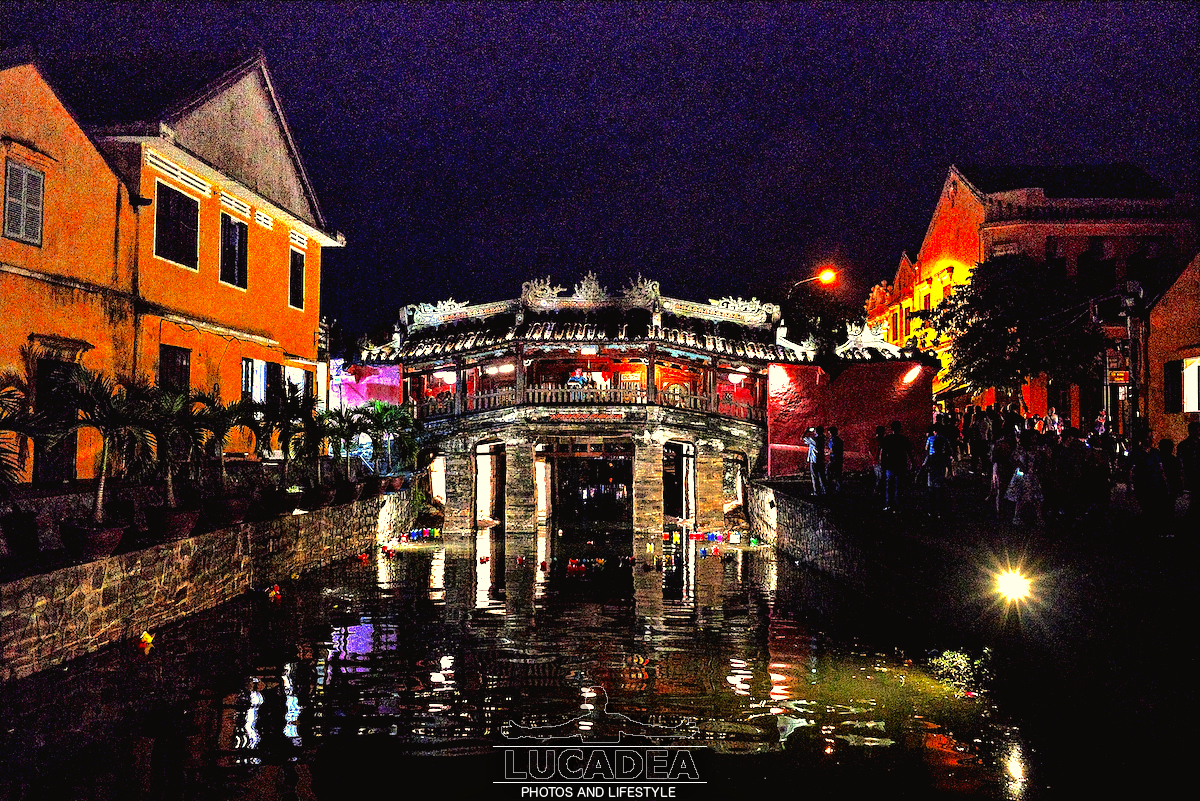Polpo alla vietnamita-giapponese.
Un mix di cucina vietnamita con la preparazione giapponese style, con il grill al tavolo.
A dire la verità il polpo è molto usato in Vietnam ma la preparazione self-service è una cosa proveniente dal Giappone (o forse dalla Korea dove l’avevo già visto diversi anni fa).
Nel mezzo del tavolo c’è un braciere a gas; te lo accendono e tu o il cameriere vi pone quello che hai ordinato.
Pesce o cerne che sia.
Poi, non so se era perché il locale non era pieno, la cameriera passava di tanto in tanto per controllare la cottura.
Un pochino duretto ma comunque apprezzabile per il gusto. Leggermente piccante, tutto lo è in Vietnam, ma accettabile anche per me che non ne sono abituale estimatore e consumatore. Poi, se volete, ne portano sempre da aggiungere a volontà!
Ti piacerebbe? Aggiungi un comment or go to the bottom of the site to read what other visitors have written.
Photo taken with Canon EOS M100 and lens Tamron 16-300.

